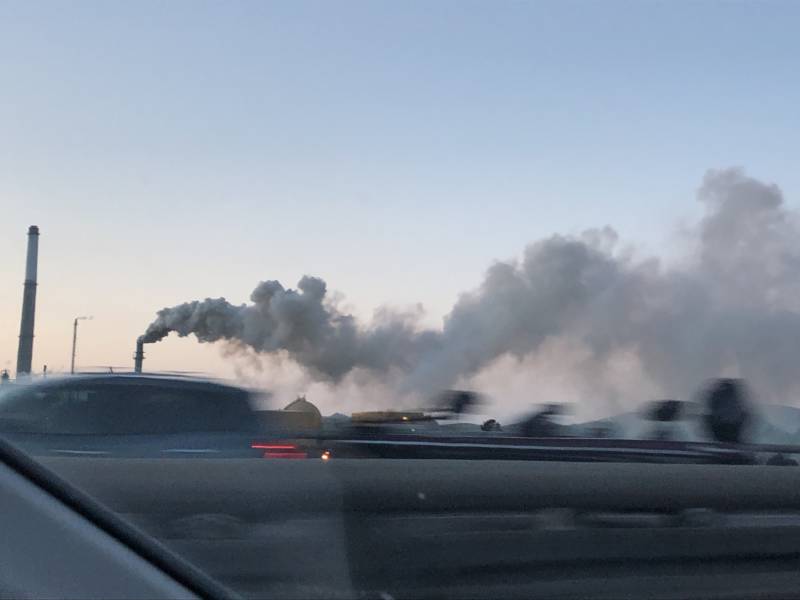The problems with Valero's fluid coker unit allowed petroleum coke dust, called coke fines, to flow to a second unit called a flue gas scrubber. The scrubber cleans out fine particles before they're released from the refinery's smokestacks into the air. That process is supposed to ensure that the refinery's emissions don't violate air quality standards.
But the coke fines moving through the scrubber unit set the stage for a release of particulate pollution from the refinery -- a release that was clearly visible from outside the facility.
"The presence of coke fines in the FGS resulted in a darker than normal plume appearance," Valero's 72-hour report said.
Solano County investigators want to know if the scrubber was somehow overwhelmed or damaged, according to Terry Schmidtbauer, the county's director of resource management.
"We know something's not operating properly," Schmidtbauer said.
California's Division of Occupational Safety and Health Cal/OSHA and the Bay Area Air Quality Management District are also investigating the refinery.
After the problem surfaced, the air district issued eight notices of violation against Valero for public nuisance and visible emissions.
Refinery crews worked to reduce the releases and Valero said the situation showed "significant improvement" by last Friday, when the plume coming from the refinery's stacks "returned to normal appearance," Valero's report said.
But that changed the next day. The scrubber "experienced an operational upset resulting in a dark, opaque plume and emissions of particulate matter," the report said.
A new surge of petroleum coke dust billowing from the refinery's stacks prompted Benicia officials to issue a health advisory, urging people with respiratory issues to stay indoors.
The refinery began to shut down several units, and the air district wound up issuing four more violation notices.
The powering down of the the facility is contributing to an increase in gasoline prices.
On Friday the average cost of a gallon of unleaded gas in California jumped to $3.59, up 16 cents from a week ago, according to AAA.
Energy analysts and state regulators say the price will continue to rise until operations at Valero return to normal.
